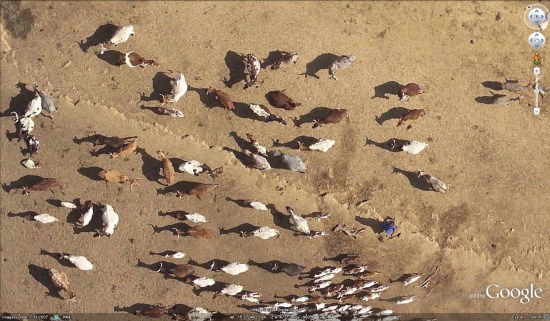“Every morning in Africa a gazelle wakes up. It knows it must run faster than the fastest lion or it will be killed. Every morning a lion wakes up. It knows it must outrun the slowest gazelle or it will starve to death. It doesn’t matter whether you are a lion or a gazelle – when the sun comes up, you’d better be running.”
– Unknown
“Diligence is the mother of good luck.”
– Benjamin Franklin (1706–1790)
American statesman, scientist, and printer
luck: noun: a force that makes things happen
You want more luck? Be the force that makes it happen…
- Prepare. Work hard to be ready for the opportunities that are important to you. Research. Practice. Perfect.
- Be awake. Pay attention to the people, events, and things around you. Evaluate logically and trust your gut instinct.
- Take action. Put yourself out there. Explore. Be vulnerable. Make contact with people. Take risks.
- Expect positive results. Optimism improves your chances. If (when) you fail, embrace the lesson and continue on, smarter.
That’s it. Now go be lucky!


